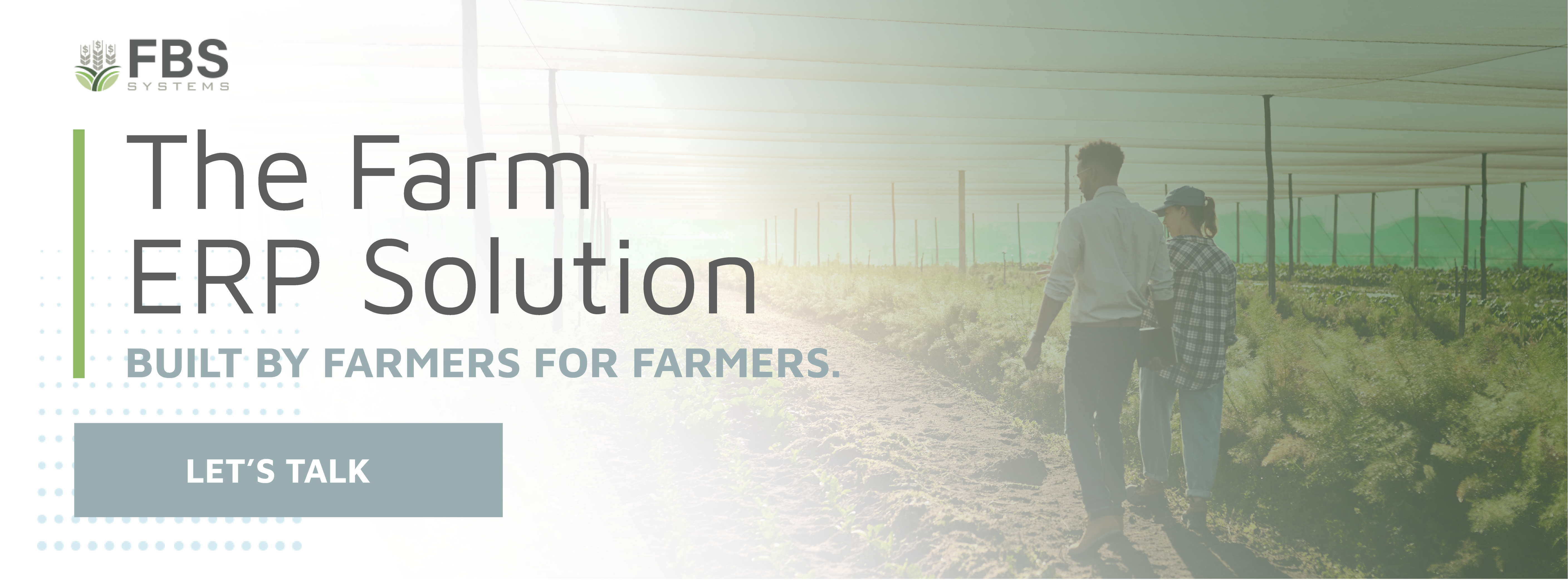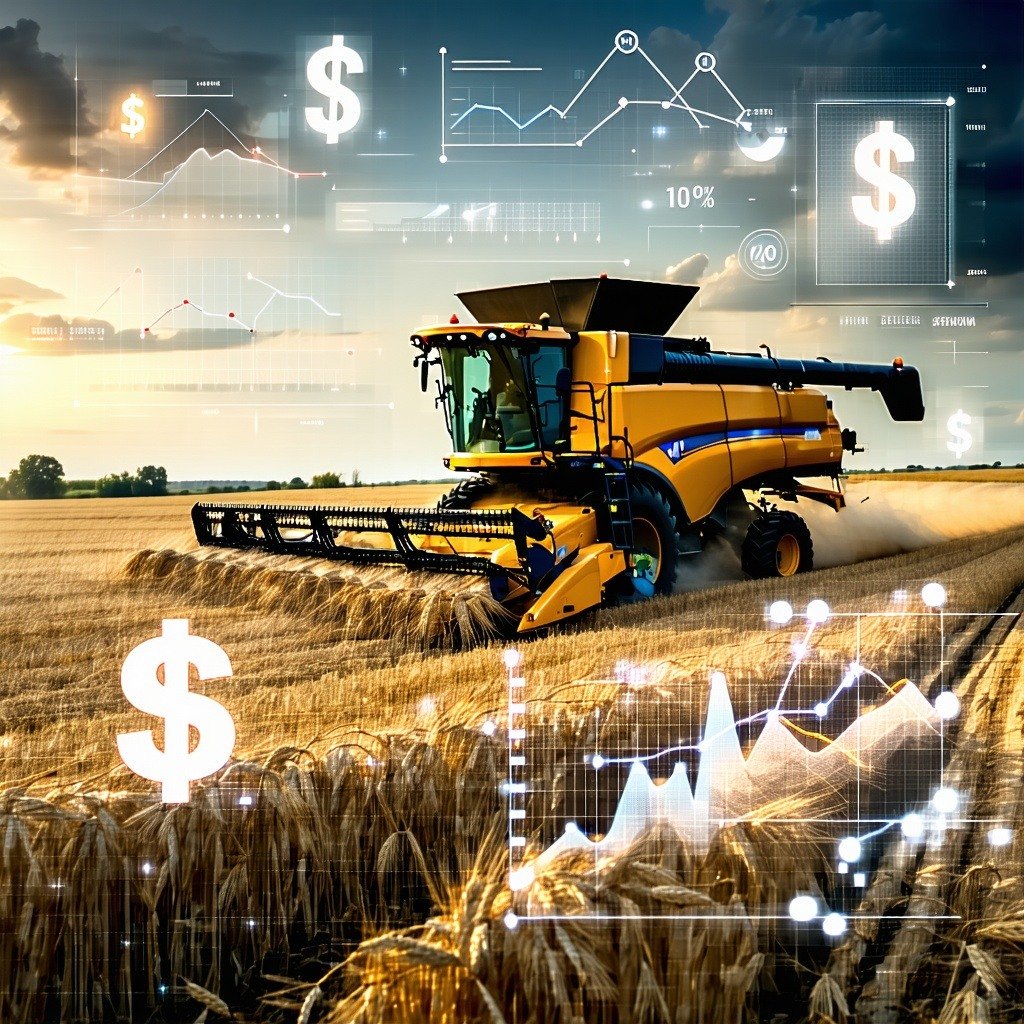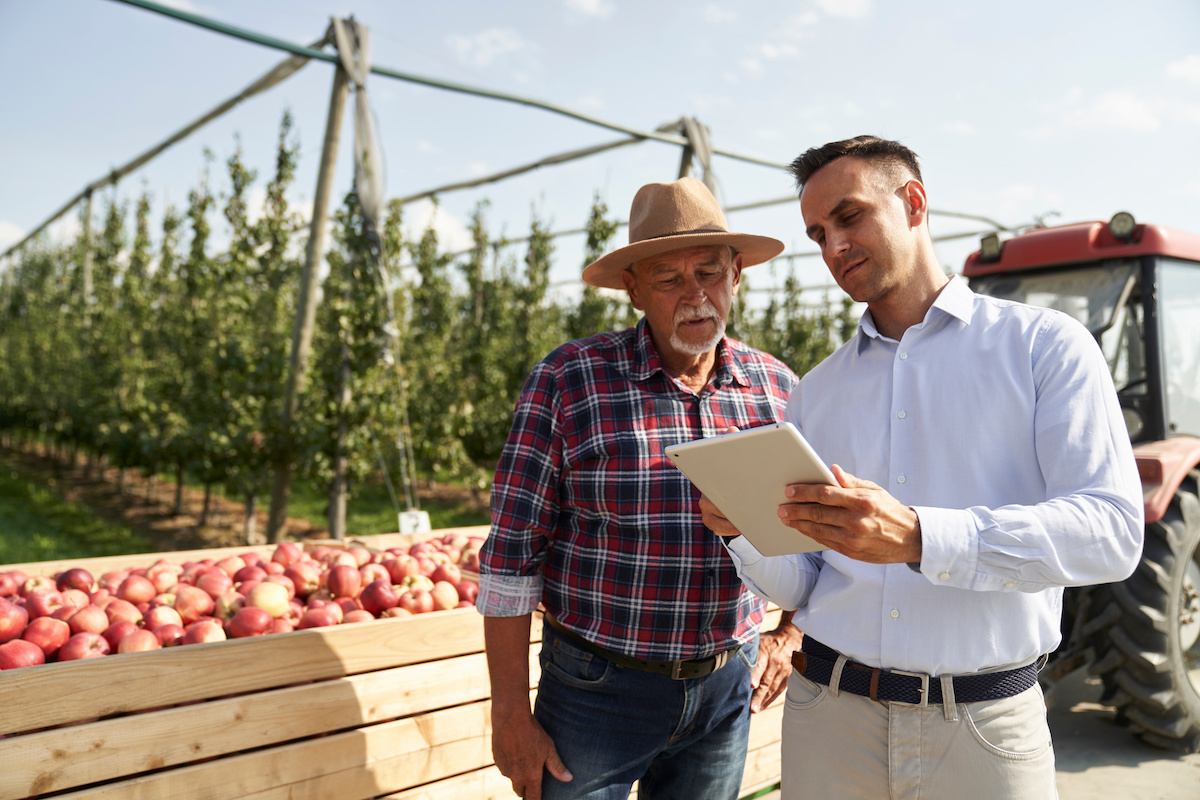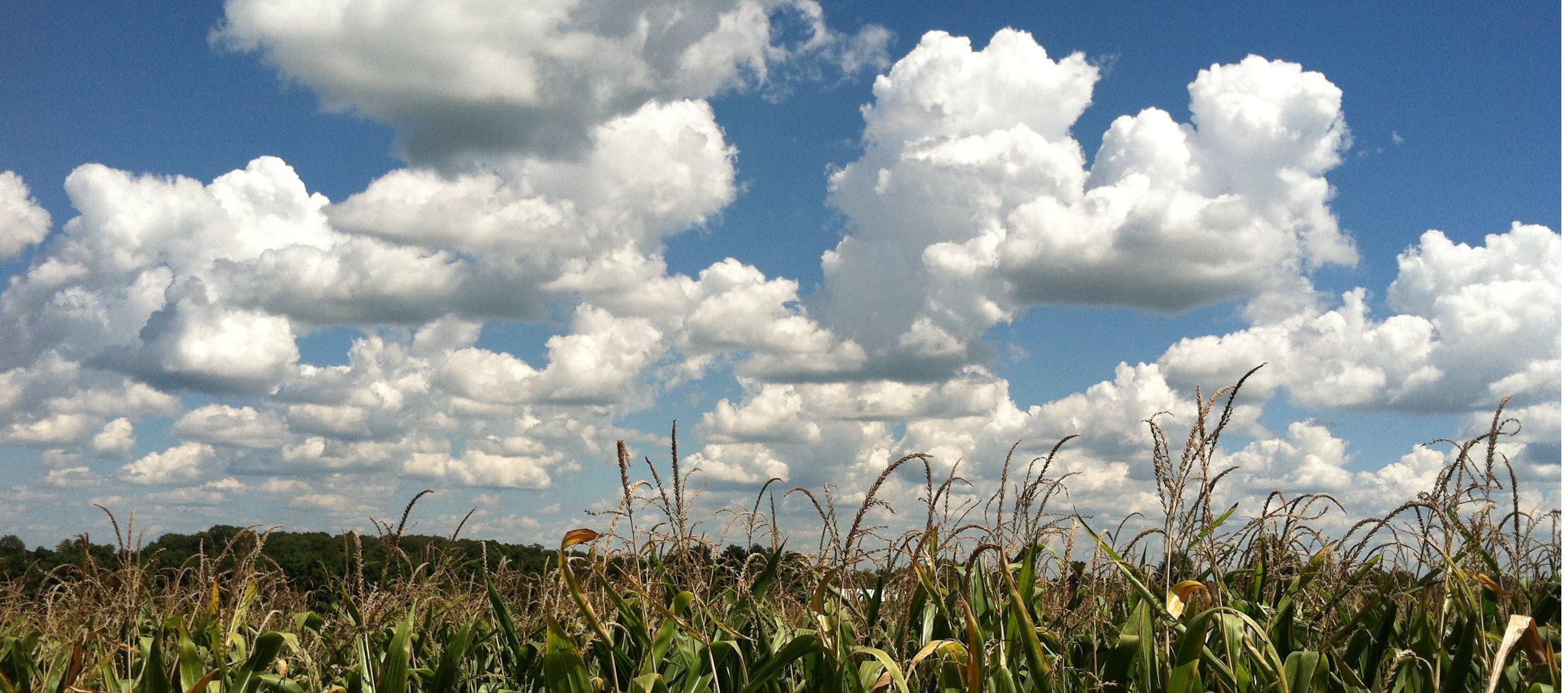When you’re running a farm made up of multiple specialized enterprises, trying to use solutions designed for other industries or smaller operations just won’t work. However, regardless of the size of your operation, the purpose of farm information has always been to better inform the decisions you make whether that’s focused on a single vertical or an entire farm or ranch. Unfortunately, a lot of farm management strategies were developed before we had the ability to gather and manage data.
Other than Tillers International, most farms now employ modern technology as it streamlines and simplifies time consuming and burdensome tasks. Your back office should be no different than the field or barn. Using modern ag tech tools, you can streamline your data and simplify your decision making.
Quick Links
- What is Farm Information?
- Why is Farm Information Important?
- Types of Farm Information Systems
- Farm Information Strategies for Farm Management Success
What is Farm Information?
Farm information is a pretty large umbrella term to describe all of the data you’re collecting on your farm or ranch. There are two different types of information farm managers find themselves concerned with: internal and external.
External information includes market and weather data, benchmarks, as well as trends and forecasts. This category of information, of course, also includes information gleaned from your farming network whether that be local connections or a wider network of people you’ve connected with at trade shows and conferences.
Internal information includes all the data being collected from your farm operation. From profit and cost centers, internal sources include all records and bookkeeping. Using a farm ERP solution is a great way to consolidate and aggregate all of that information so it is actionable.
 Why is Farm Information Important?
Why is Farm Information Important?
When it comes to agriculture, like any business, strategic decisions and analysis are predicated on data. For ages, farm data was limited to what could be observed at any given moment and then, forecasting based on what was recalled. There’s little reason, on a modern farm, to rely on outdated methods to gather and leverage information. It’s one of the biggest benefits of modern ag tech and FARM ERP SYSTEMS.
Long term decisions are no longer a shot in the dark. You can see, directly, where you need to adjust as well as the impact of the decisions you’re making. Record keeping and farm financial reporting are essential to making the decisions you need to make to see your farm or ranch grow.
Types of Farm Information Systems
When it comes to farm information systems, it’s important to consider both types of information, internal and external.
When it comes to external information, farmers can rely on knowledge bases that provide new and updated information. This may be new or updated research as well as aggregated data to provide benchmarks and may come from a variety of resources from the internet to your farming neighbor. It may be information gleaned from analysis of year over year data that can impact regional production or more.
Internal information is, understandably, more robust, precise, and timely. There are multiple information systems at work when it comes to the data you need.
Management information systems encompass the information that, at one time, was handled manually, but can now be handled digitally. This includes gathering field and feeding data to track performance. They can also help you define and refine workflow and operational processes.
Decision support systems, like a farm ERP solution, help farm managers analyze business and operational data and other information related to simplify decision-making or problem-solving. Decision support is particularly advantageous when performance is lagging and decisions need to be made about where to make cuts or investments to address shortfalls or cut overhead.
Office administration systems allow you to streamline administrative and clerical tasks and include support like voicemail, email (especially automated systems), word processing, calendars, and more.
Transactional support systems in the form of automated accounts payable and receivable or payroll. Automated systems here not only complete the transactions for you, but they also record and report. When integrated with other accounting systems, transactional support can be a significant time saver, improving efficiency and record keeping.
Seems like a lot, no? It is.
 Farm Information Strategies for Farm Management Success
Farm Information Strategies for Farm Management Success
Information is both a blessing and a curse. It enables forecasting, projecting, strategizing, and adjusting, all things farm managers aspire to be able to do confidently. But, when it’s all coming at once, from multiple directions, information management becomes a task in itself and, let’s be honest, no one needs more work. And yet, successful farms are finding ways to not only collect but use the data available to them.
Successful farms are able to provide and apply available information to help them not only meet benchmarks but achieve fully developed goals. And, when the data reveals they’re off the mark, they adjust.
Successful farms also have their financial affairs in order. They keep through records and can accurately track and account for both profits and losses. Still, it’s about more than profits and losses. You’ll need to be able to:
- Allocate expenses- this can be complex because fixed overhead costs should be handled differently from variable overhead costs Fixed costs are overhead that doesn’t change, regardless of what happens on the farm. This includes things like salaries, taxes, and land payments. Variable expenses are necessary costs that change based on volume and management practices. This includes things like utilities, feed, fertilizer, equipment repair, fuel, and more.
- Understand total income- Across your farm or ranch, you may have multiple revenue streams and profit centers, but to understand your total income you’ll need to be able to allocate costs to each of those verticals so you can determine the gross profits.
- Analyze and compare the data- This is why record keeping is vital. While you can compare verticals, or enterprises, against one another, it’s also invaluable to be able to compare production periods.
- Adjust- This is where opportunity lies. Data is only valuable if you use it. When you see the enterprises that are failing, or not returning the value or growth you expect, you must adjust. Again, additional data gathered and aggregated in one system is incredibly beneficial when it comes to this task.
So, the real (and smart) strategy becomes about what data you gather, how you aggregate and analyze it, and then, how you adjust your strategy to get the result you want. As we mentioned earlier, adding to your task list and labor is the exact opposite of what technology should be doing for you.
When it comes to gathering data from across your operation and funneling it to the back office where it can provide valuable insights and decision support, you need to have the right tools available to you. You wouldn’t use a machete to harvest, so why use tools designed for others for your accounting?
If you’re ready to talk about how a farm ERP solution can improve your farm information level and help you take smart, strategic action based on that data, get in touch with the FBS Systems team today.















